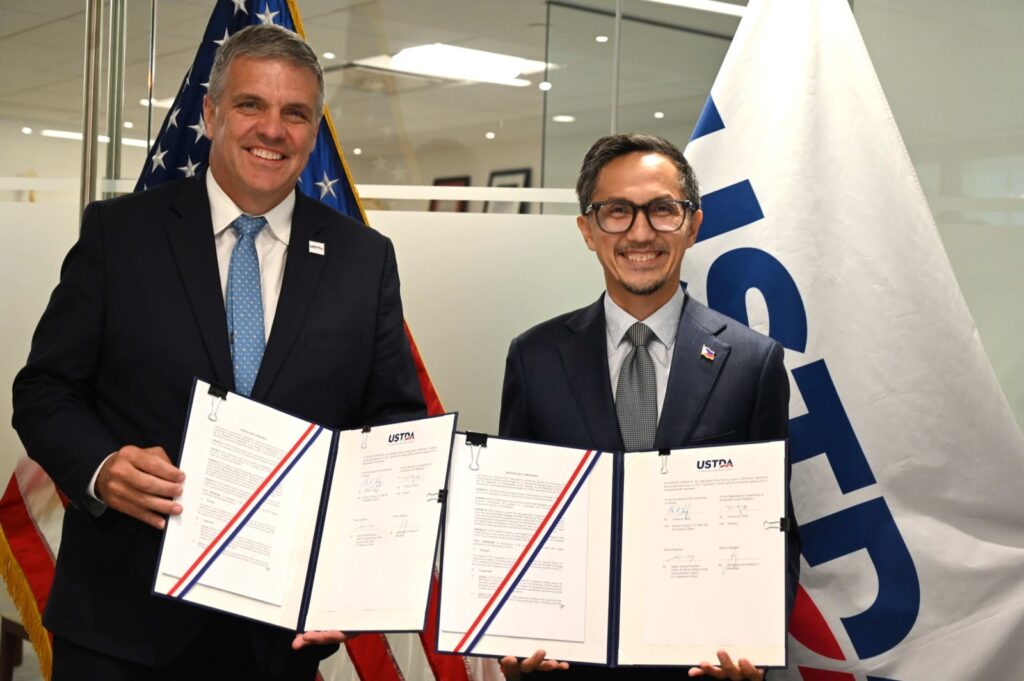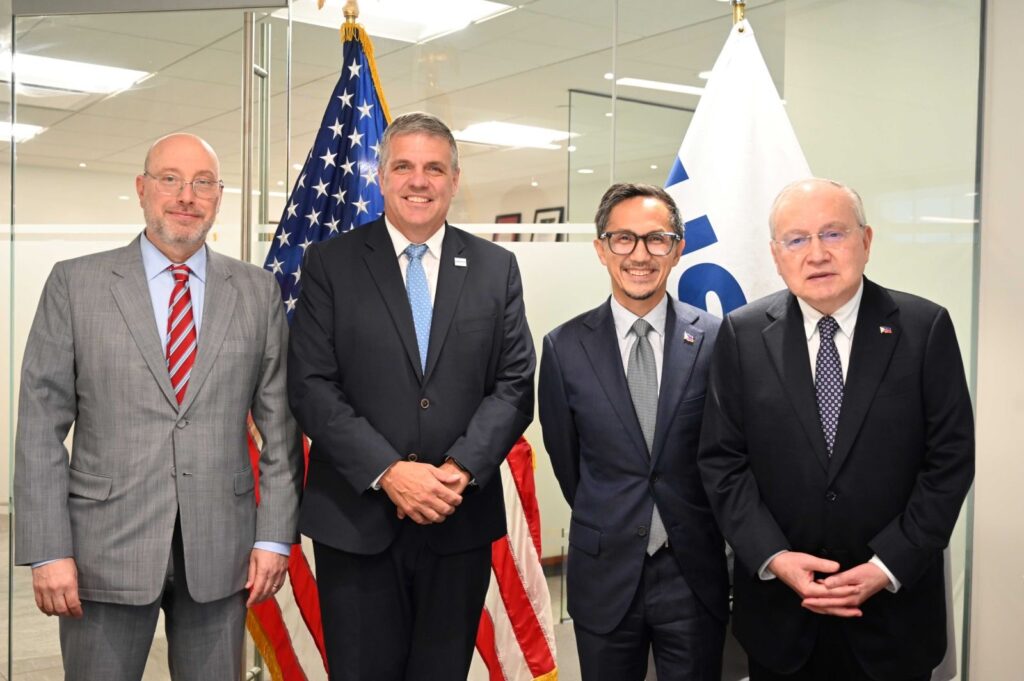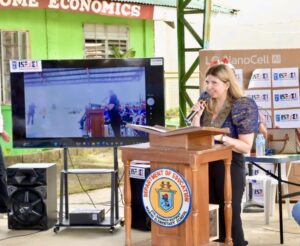
[U.S. Trade and Development Agency (USTDA) Acting Director Thomas R. Hardy and Philippine Department of Transportation (DOTr) Secretary Vince Dizon lead the signing ceremony of the Subic-Clark-Manila-Batangas Railway Agreement in Arlington, Virginia on June 26.]

The United States government, through the U.S. Trade and Development Agency (USTDA), and the Philippines’ Department of Transportation (DOTr), announced funding for technical assistance for the construction of the Subic-Clark-Manila-Batangas (SCMB) Railway, designed to link three major ports in Luzon and decongest traffic at the Port of Manila.
Secretary Frederick D. Go, Special Assistant to the President for Investment and Economic Affairs, said the railway project boosts the initiative of linking major economic hubs under the Luzon Economic Corridor.
“Once operational, the SCMB Railway will attract investments, create new opportunities for businesses, and most importantly, generate quality jobs that will benefit millions of Filipinos,” Secretary Go said.
USTDA said its technical assistance for the SCMB Railway involves transport model development, port-rail integration study, and legal and institutional framework analysis, among other areas.
“This project underscores the U.S.-Philippine alliance’s vital role in maintaining a free and open Indo-Pacific region. By supporting the development of the SCMB Railway, we are ensuring that key infrastructure will flourish, increasing economic cooperation to develop an essential trading route that will mutually benefit American and Philippine citizens,” USTDA Acting Director Thomas R. Hardy said.
Transportation Secretary Vince Dizon explained the freight cargo railway aims to decentralize Manila Port and provide the additional transport capacity needed at the Batangas Port and Subic Bay, in line with President Ferdinand Marcos Jr.’s directive of ensuring uninterrupted movements of goods.
“As a freight cargo railway, the SCMB Railway, is seen to solve port traffic and congestion in Manila Port, while ensuring the timely movement of products to and from adjacent major transport hubs,” Secretary Dizon added.



